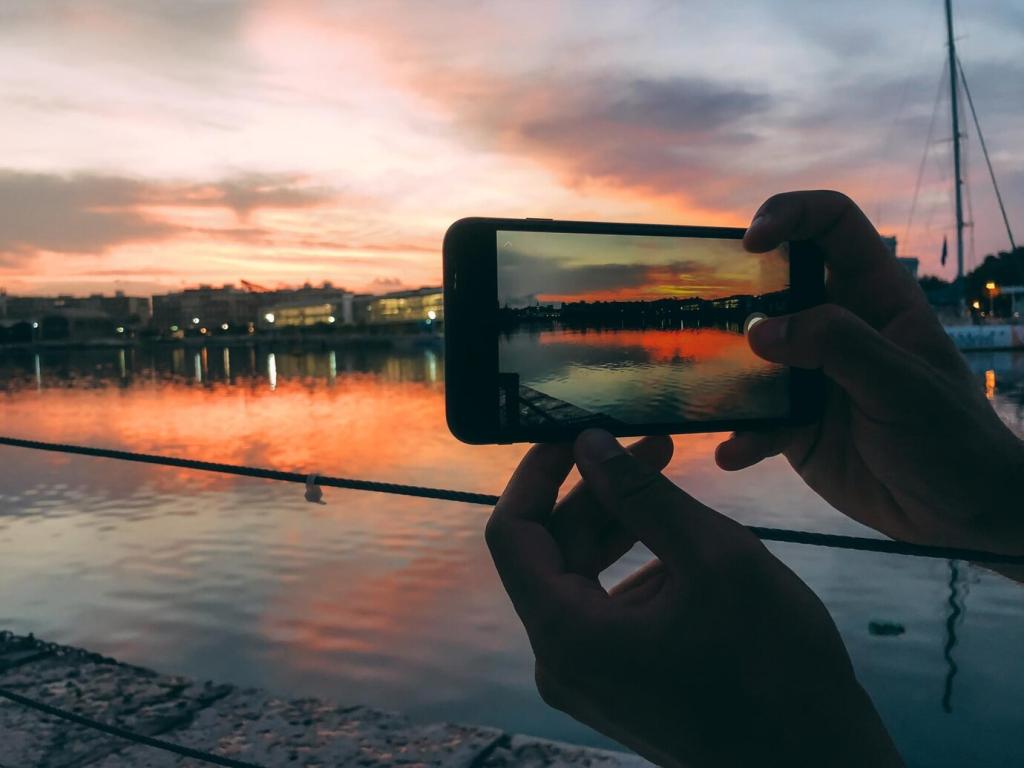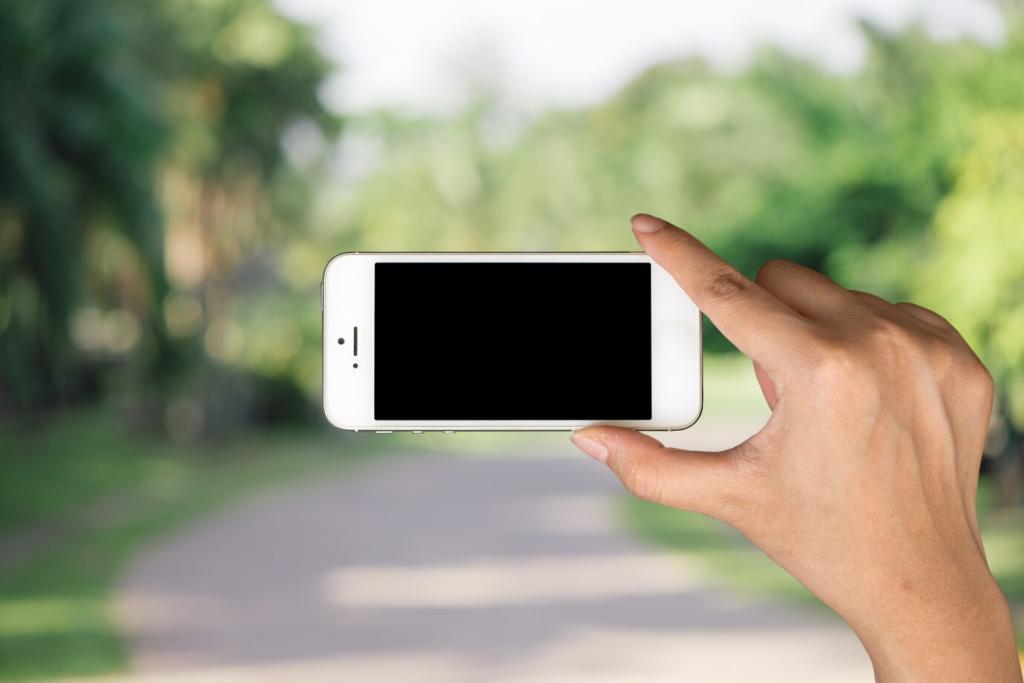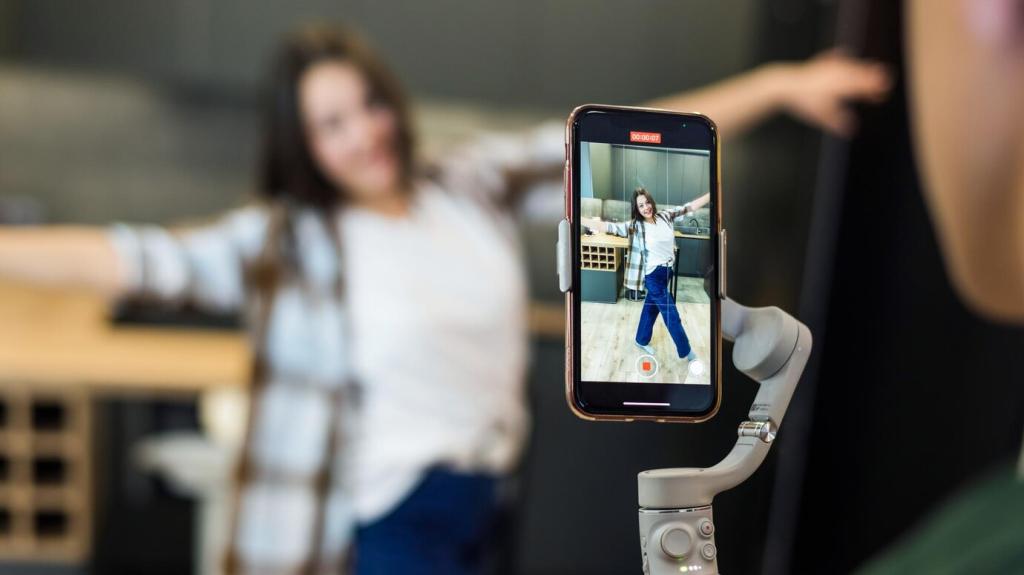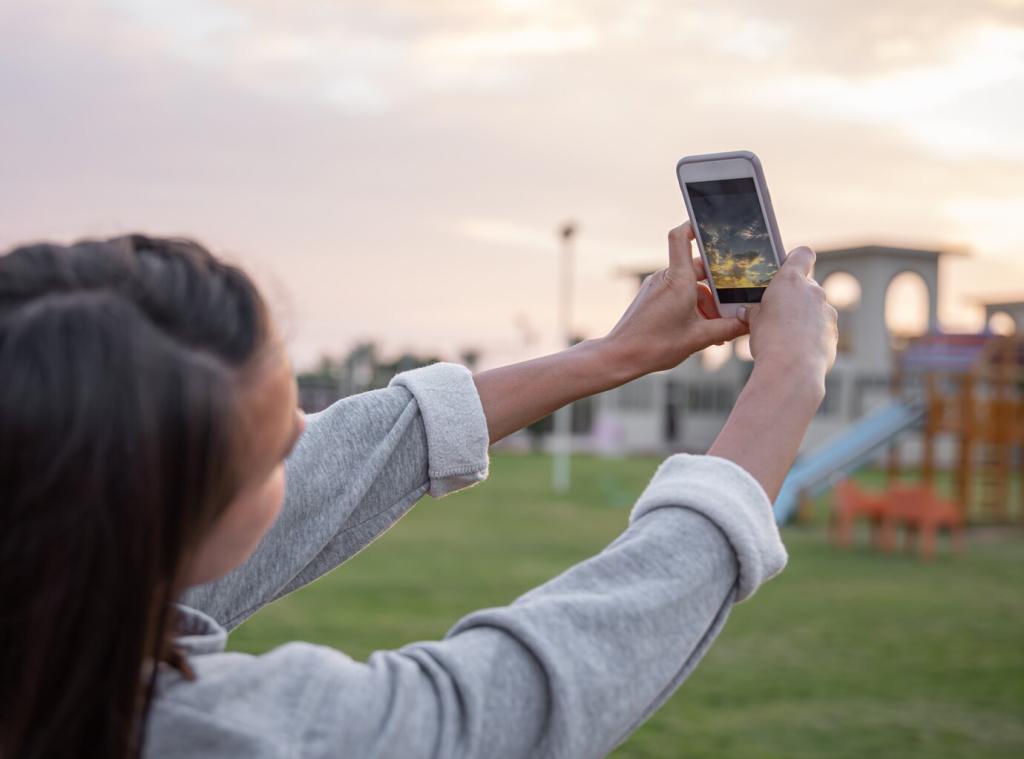Why Storyboarding Supercharges Smartphone Shoots
On a phone set, battery, storage, and sunlight are precious. A storyboard turns guesswork into decisions, so you nail coverage without overshooting, and keep momentum when energy dips on a lean, fast-moving day.
Why Storyboarding Supercharges Smartphone Shoots
When your actor is a friend and your producer is your cousin, drawings beat jargon. Panels show framing, emotion, and action clearly, so everyone relaxes, understands goals, and contributes confidently to each take.






